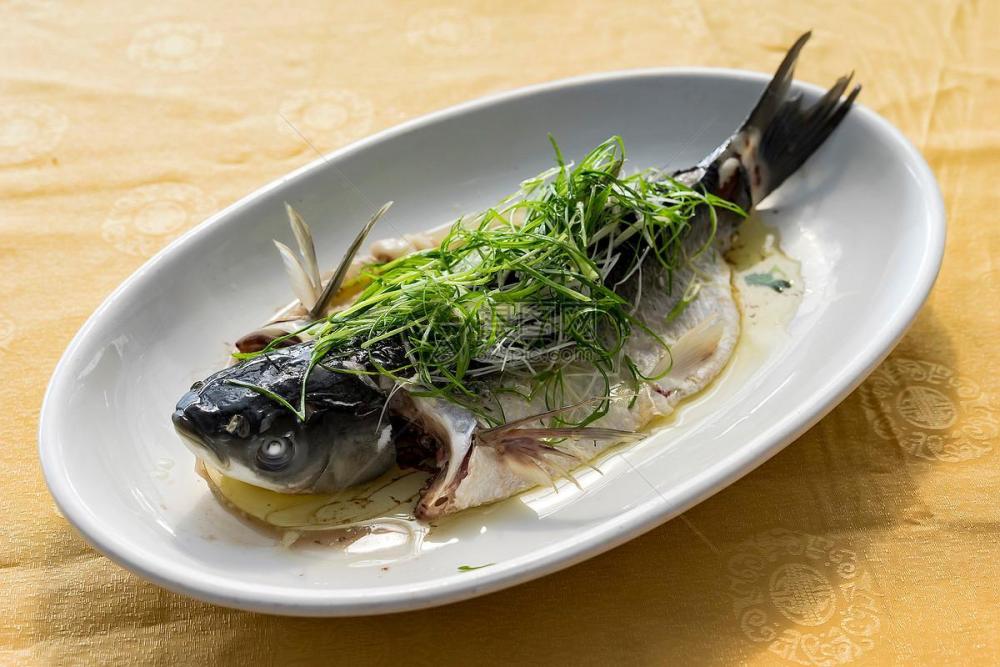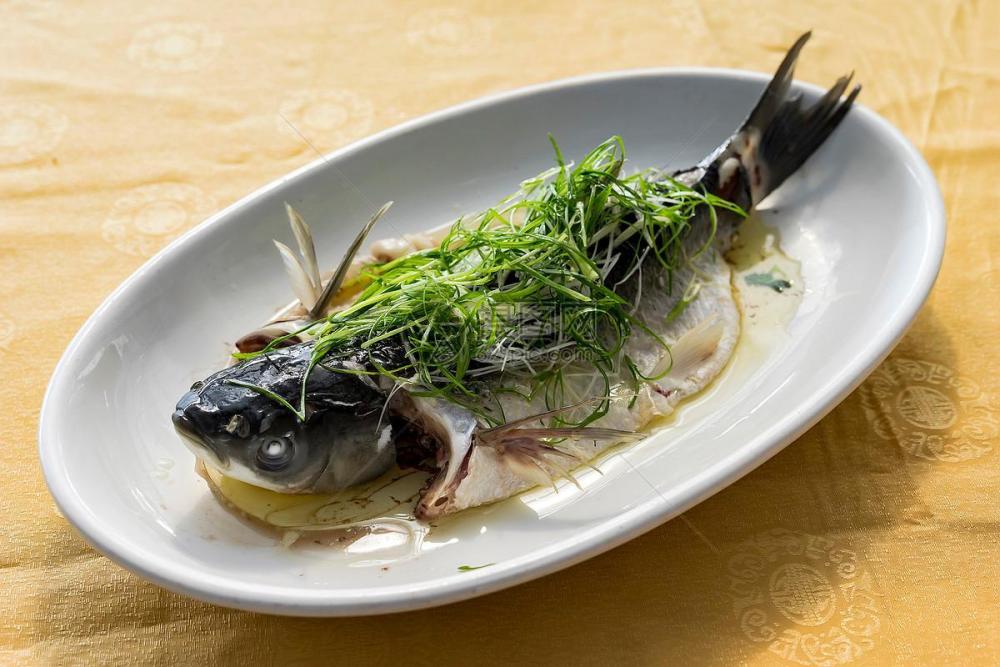东北 Cuisine – North-Eastern Cuisine Part Two – 吉菜(jí cài), Jilin Cuisine
Jilin means ‘auspicious forest’ and is immediately south of Heilongjiang, bordering Inner Mongolia to the west, Liaoning Province to the south, a small part of Russia to the east and North Korea to the south-east. Its capital is, surprisingly no longer 吉林市 (jí lín shì), Jilin City as you might expect but was transferred to 长春 (cháng chūn), Changchun in 1954.
Although it shares many features of Dongbei cuisine it also has some unique influences of its own and most of the dishes mentioned in my last post are also available here. These other influences come from Inner Mongolia and, particularly from Korea. In fact, Jilin has a reputation of being something of a magpie province, culinarily taking on board many influences. It favours lighter dishes than Heilongjiang, and freshness it important. Game meats, wild vegetables and mushrooms are much appreciated. Deer are raised, so venison is a local choice of protein. The Mongolian influence is shown in mutton / lamb being a favourite. Lamb kebabs (羊肉串) are as popular here as they are all over China. These are street food for the summer months, especially in Jilin city.
Mutton on Sticks
Jilin is China’s main source of 人参 (rén shēn), ginseng, (Panax ginseng), a herbal root. The plant is extinct in the wild but cultivated in Jilin. It is expensive as it takes five years to be ready to come to market. American ginseng, (Panax quinquefolius) is available all over China, but considered inferior, so cheaper. Apart from its medical usage in TCM for its supposed ‘invigorating’ effect, in Jilin it is mostly used in 参鸡汤 (shēn jī tāng), or Ginseng and Chicken Soup. Actually, this dish originated in Korea where they also grow ginseng, but Jilin has adopted it with enthusiasm. I admit, I don’t see the point. It is tasteless and I am very cynical that it has any real medicinal benefit. The soup is OK though. Hey! It’s chicken soup.
Ginseng
Ginseng and Chicken Soup
China has around two million residents who are of Korean ancestry and have been in China for generations and most are in Jilin. Known as the 朝鲜族 (cháo xiǎn zú), Korean Ethnic Group, they are officially recognised as one of China’s 56 ethnicities. There is also an unknown number of recent arrivals from North Korea who are in China as refugees illegally, often smuggled in by human traffickers.
Korean 반찬 (ban zan in the official Korean transliteration but usually banchan in English), 配菜 (pèi cài) in Chinese and ‘side dishes’ in English are often served at the start of Jilin banquets and formal meals, as well as at home.
Jilin Style Banchan - Perilla
Korea also manifests itself in the popularity of 冷面 (lěng miàn), cold noodles made from sorghum or buckwheat which are served both with sweet and sour or salty sauces.
A few years ago I discovered I could buy Korean blood sausage made by the Korean people in Jilin. I am a blood sausage collector so I succumbed. Not the best; not the worst.
Korean Blood Sausage
More indigenous Jilin dishes include 清蒸白鱼 (qīng zhēng bái yú), steamed white fish, Coregonus peled. These freshwater fish come from 松花湖 (sōng huā hú), Songhua Lake in Jilin city and are simply steamed in a similar manner as Cantonese steamed fish.
Jilin Steamed Whitefish
Fish lovers must head to the small village of 清零 (qīng líng) near Songhua lake where they have a famous Fish Street with restaurants cooking and selling fish plucked straight from the lake. No tanks here. The lake is the holding tank.
Chinese New Year is often celebrated by banquets called 杀猪菜 (shā zhū cài), literally ‘slaughtered pig food’) in which a whole pig is slaughtered and every edible part made into a dish.
Next, the last of the Dong Bei cuisine saga, Liaoning.


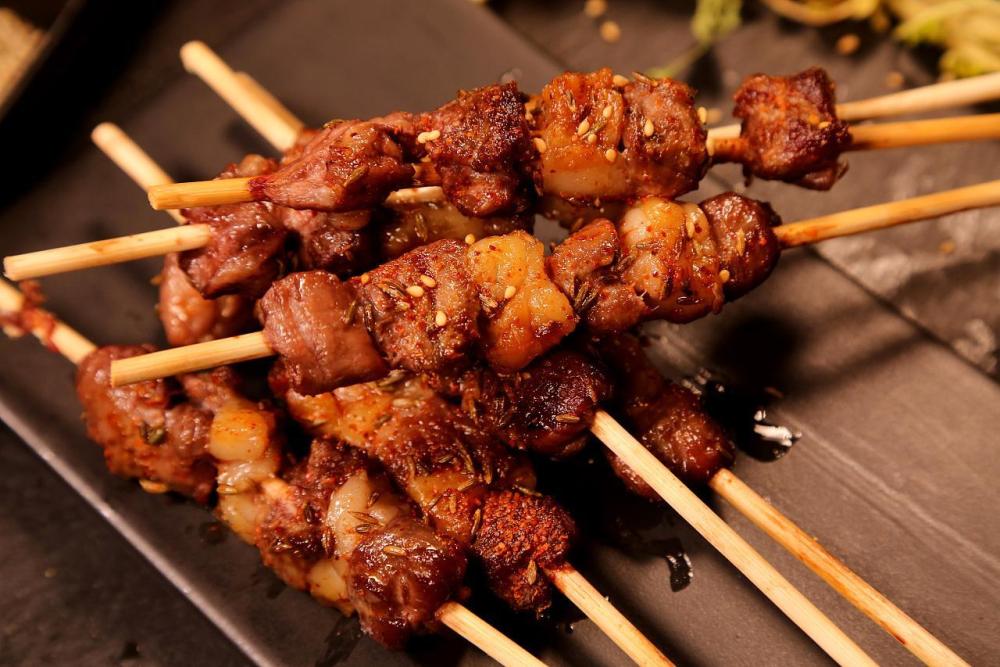
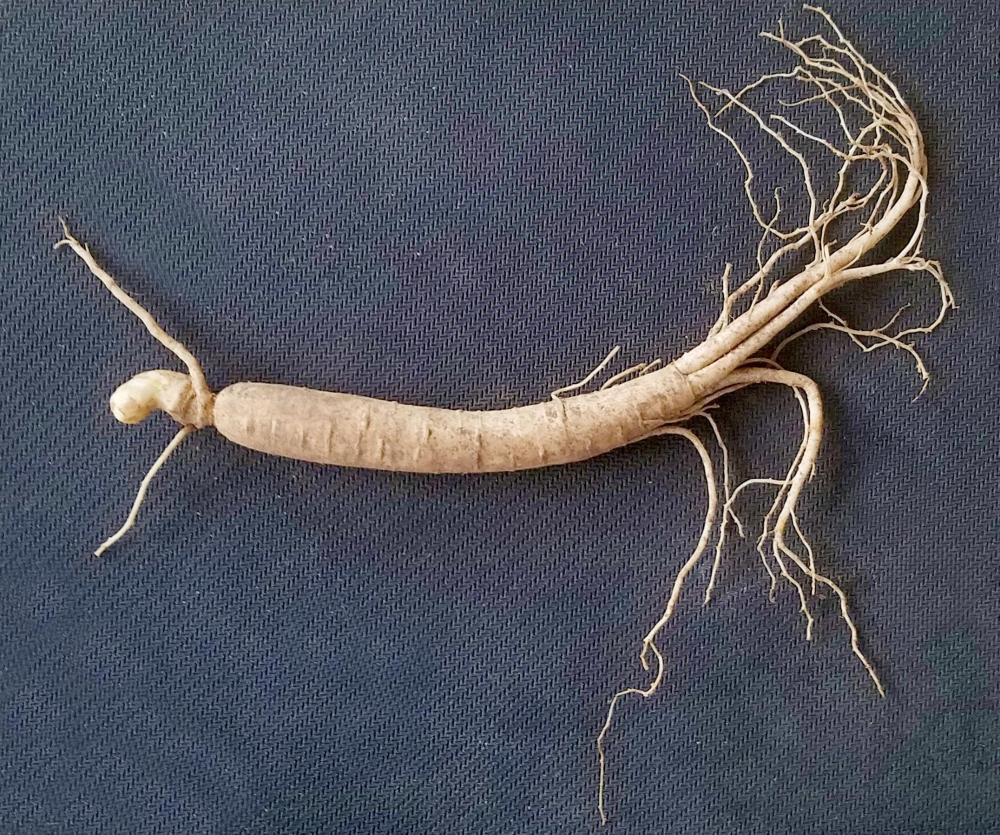

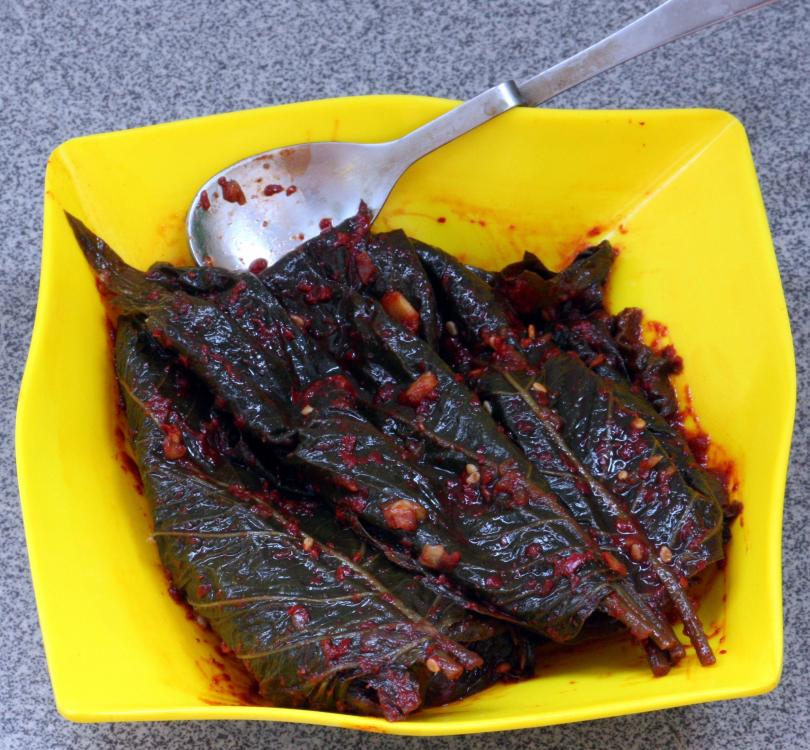
.thumb.jpg.fb02ed97f982a313036d364c358946b2.jpg)
